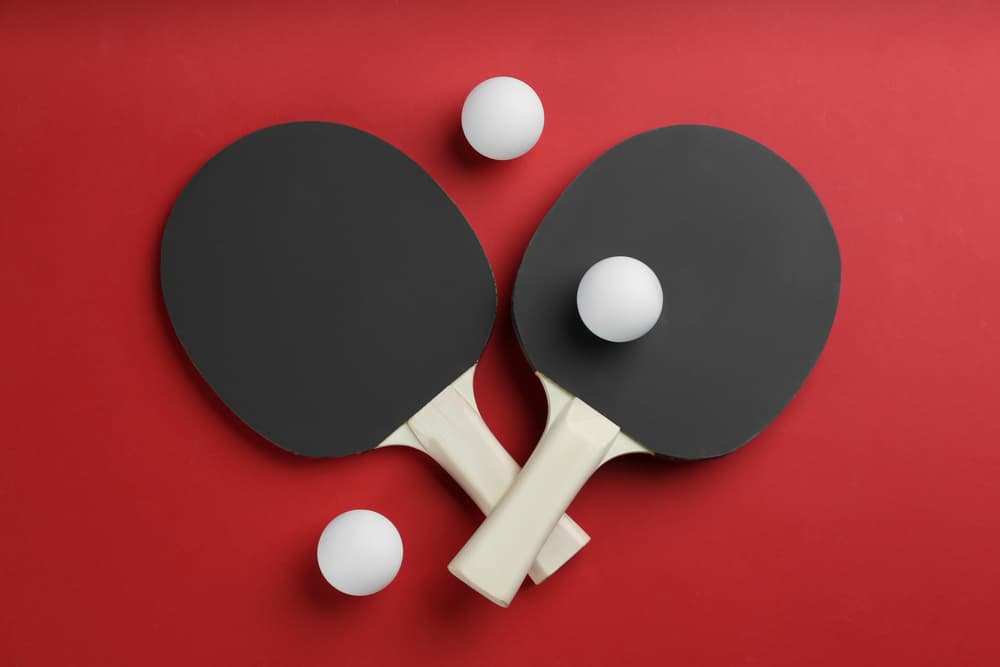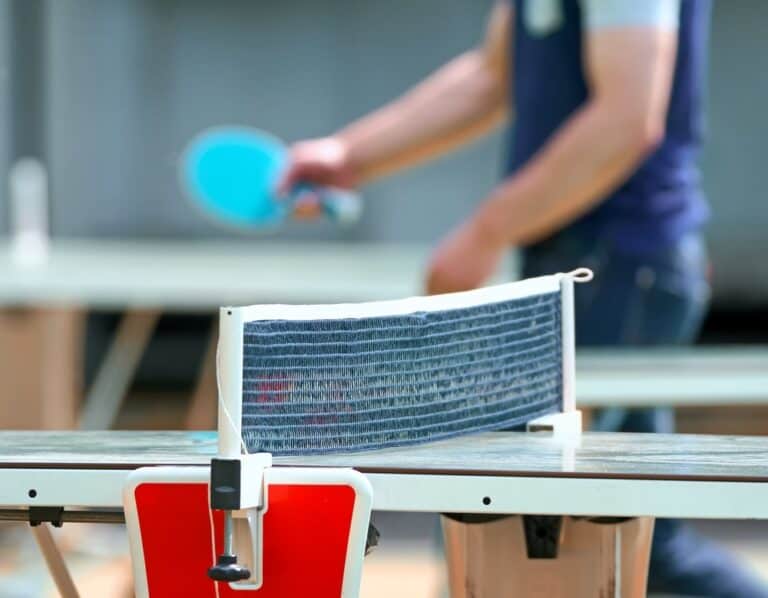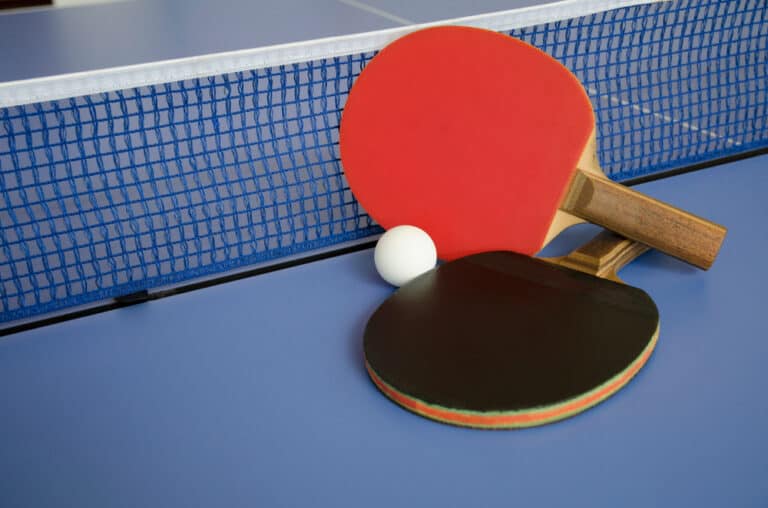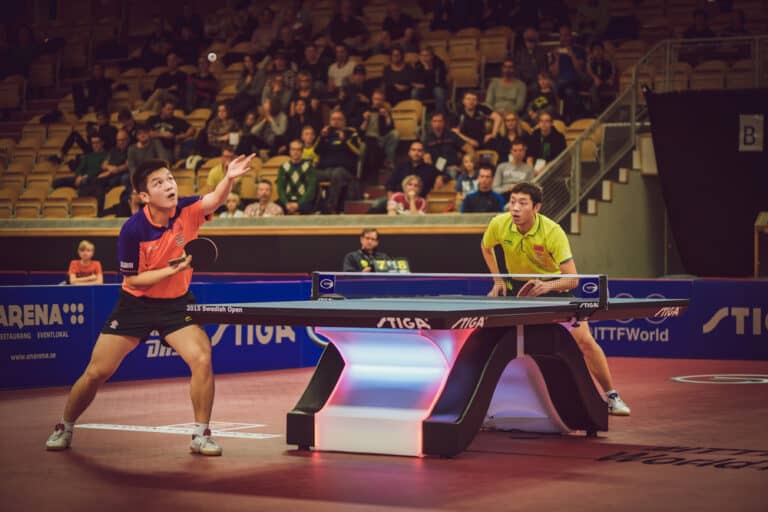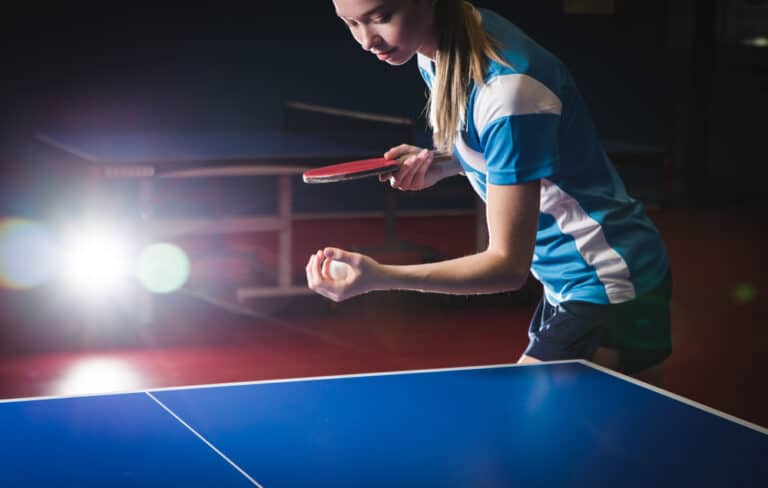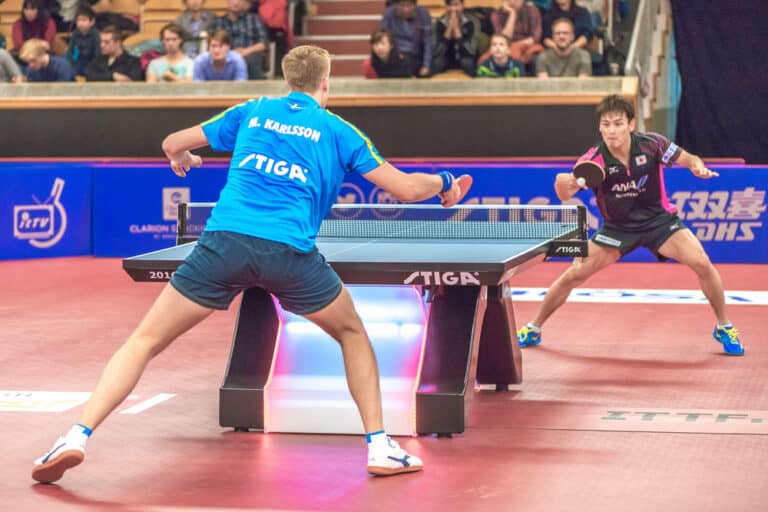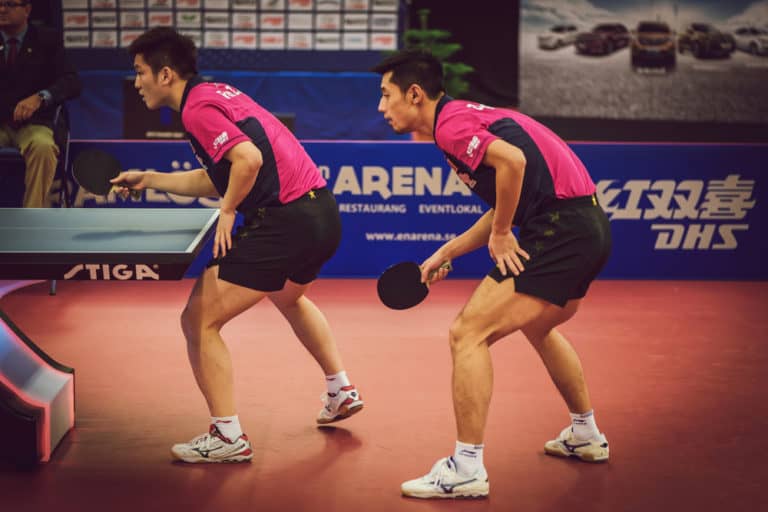Is A Heavier Ping Pong Paddle Better?
Choosing the best gear to play a sport is vital in understanding and improving your overall game. As most professional players don’t use the same paddles and neither get the same results with similar ones, it makes one question the value of the different types and whether their qualities make a difference. So, what type of paddle is best?
A heavier Ping Pong paddle is neither better nor worse compared to a lighter one; they are only more appropriate for different purposes. Offensive players prefer heavier blades as they provide more power and speed, whereas defensive players prefer lighter pedals providing more control.
Although the weight of a ping pong paddle makes a considerable difference, there are other factors to consider when choosing an ideal paddle. Different materials and amounts of layers also affect the “stiffness” and overall control of paddles with similar weight ratios. So, what are the differences between light and heavy paddles, and what other factors should we look out for?
What’s The Difference Between A Light And Heavy Paddle?
The general rule of thumb is that offensive players, who prefer to attack, will often use heavier paddles, and players who prefer more control close to the center of the table will use lighter paddles. The heavier paddles provide more speed and power and are therefore more appropriate to use when you prefer a more aggressive playing style but are not necessarily better.
Heavier pedals are challenging to maneuver closer to the center of the table when more subtle and soft shots are being played. Although the heavy paddles can return powerful shots with relative ease when a subtle game is being played in the center, the players still need to react and move fairly quickly between the distances, making a heavier paddle less desirable.
However, lighter paddles require more force and energy to travel the same distance as the heavier pedals, which makes them less than ideal when playing aggressively further from the table. Therefore, the paddle’s weight mostly comes down to the player’s preference regarding their style and strategy.
What Is The Average Weight Of Ping Pong Paddles?
Commonly paddles weigh between 150g and 200g, with the blade of the paddle weighing around 60g to 90g. Blades are manufactured and built in layers mainly consisting of either 5-ply or 7-ply, but the combination of layers differs as players have different preferences regarding control and power.
Most professional players favor the 7-ply paddles that consist of 5 layers of wood and two layers of carbon. The combination provides professional players with the ideal balance of power and control while not being too heavy to manage. Lighter paddles usually consist of 5 layers, and the blades can weigh under 80g depending on the combination materials.
What Makes A Good Ping Pong Paddle?
The weight is a significant factor to consider regarding the overall function and feel of the paddle, but two qualities that are vital and equally important are “hardness” and “stiffness.” For example, carbon is famously light but also quite hard and solid; therefore, being an ideal substitute for wood layers in the paddle as it is quick to react due to the carbon “stiffness.”
If two paddles weigh the same, but one is entirely made of wood, and the other has a few layers of carbon, the latter will be quicker to react while delivering the same amount of power. On the other hand, wood is more absorbent than carbon making it more responsive and easier to control as you feel the shots more directly on the paddles.
So, different materials of the same weight respond differently to the ball affecting your overall speed, precision, and control.
In addition, the thickness of the rubber also affects the overall playability. Ping pong paddles consist of pimpled and inverted rubbers, each having its purpose. Pimpled rubber absorbs the ball’s impact, which results in more balanced shots and reduces spin shots when returning.
The inverted rubber is smoother, making spin shots more manageable and more effective. Thicker inverted rubbers will result in less speed but a greater force when playing spin shots, whereas thinner rubbers have more overall control.
Most alterations and combinations of ratios are only of major significance to professional players who have already developed their style and techniques and now require a competitive edge.
It’s advisable for beginners to start with wooden blades, which are naturally heavier, and thinner rubbers to get a general feel of the ball and practice different techniques and styles before deciding what ratios to increase or decrease to improve the speed and control.
What Is Currently The Best Paddle Overall?
For serious ping pong players who want to improve their game and are wondering whether purchasing a heavier paddle will make a difference, it’s important to know which level you’re on and what skills you still need to improve.
According to “bettertabletennis.com,” the Palio Expert 2 table tennis bat is highly recommended by coaches for beginner players who want to improve their accuracy and basic techniques. It is a 7-ply paddle consisting entirely of wood, making it ideal for precision and control but is, unfortunately, a bit on the heavy side.
The rubbers are also a bit thin, resulting in more control but less power and speed upon impact. Luckily, it’s ITTF-approved (International tennis table federation), so players can use it during major competitions when they are starting to compete on a more professional level.
The best overall paddle for the more experienced player is the CounterStrike Rally Bandit Paddle. The perfect combination of speed and control for near the center of the table as well as power and precision for the aggressive shots. The 7-ply paddle comprises five layers of wood with two layers of carbon at an affordable price.
The added mystic rubber is also famously prolific in creating spin shots with impressive control and speed. Intermediate to professional players recommends this paddle as it allows you to play advanced shots with precision and power while remaining relatively light, resulting in less strain when returning shots.
Although paddles like the CounterStrike are lighter than the Palio expert and, in all sense, a better professional paddle, they can be too quick and light for beginner players to use. Beginner players will find heavier wood paddles more ideal when training their skills and can slowly progress to lighter pedals as they advance and develop preferences.
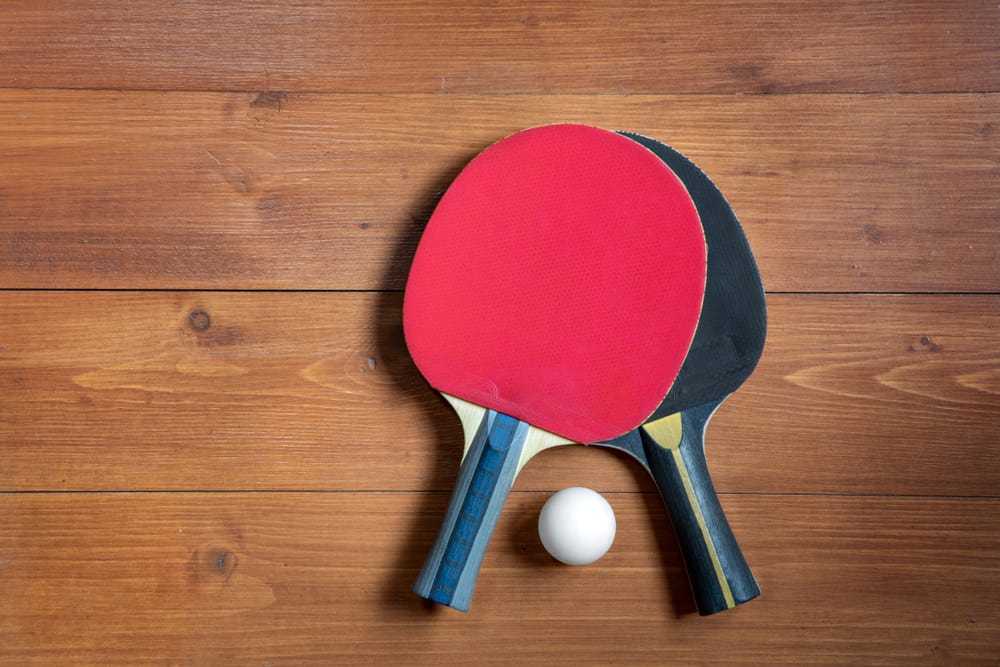
Conclusion
The weight difference is minimal on a professional level but can make a considerable difference for advanced players. Heavy blades are slower to react but provide more speed and power, whereas light blades have swifter reactions with more control. Beginners often start with completely wooden bats, which are the heaviest, to train the basic skills.

